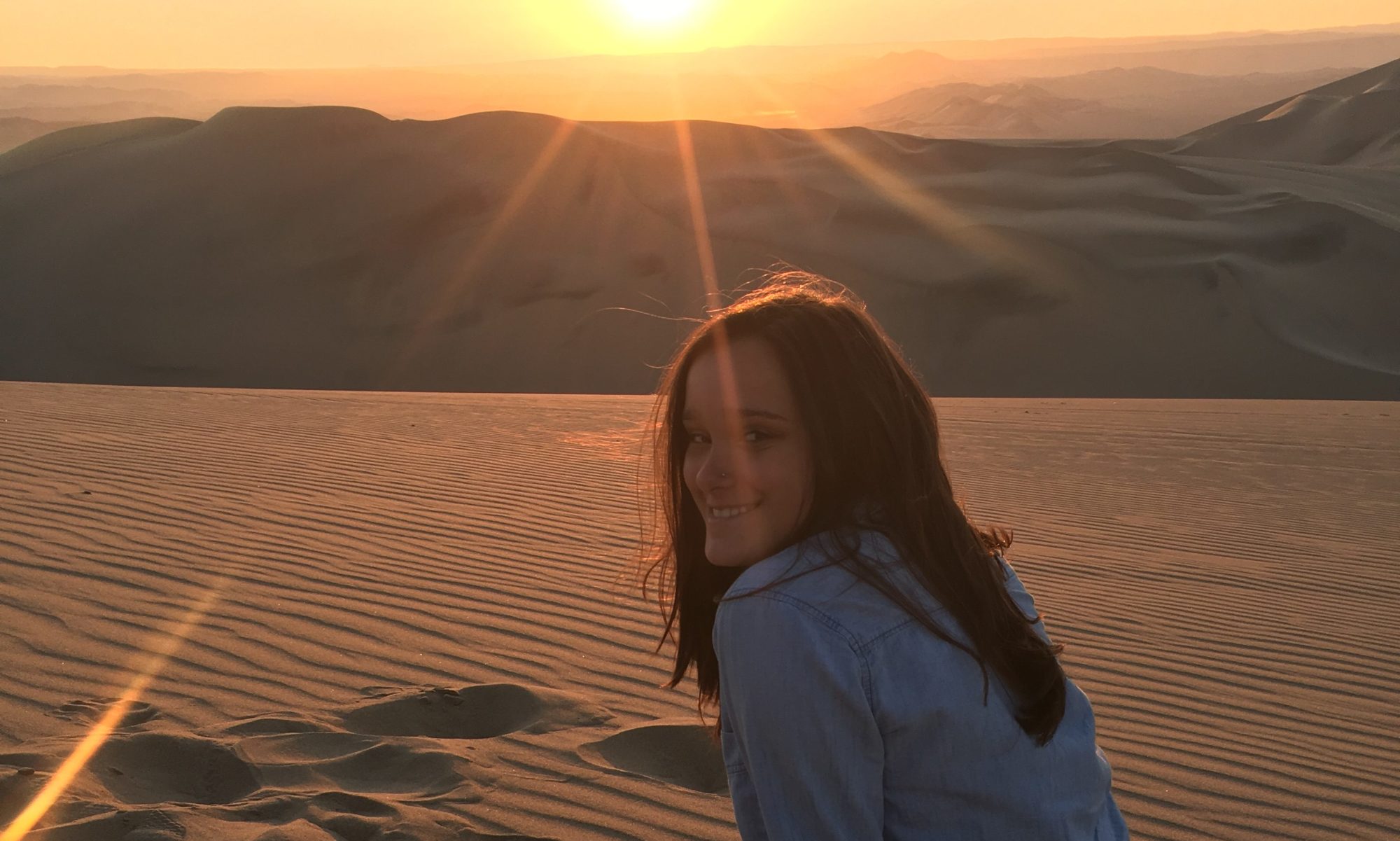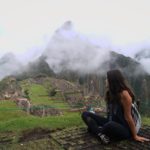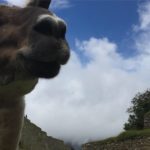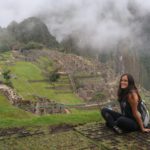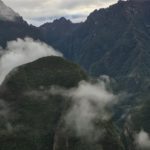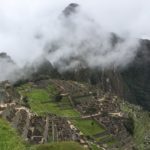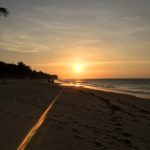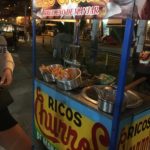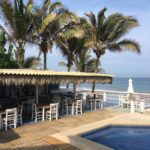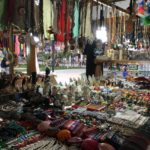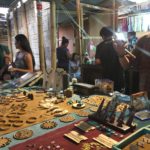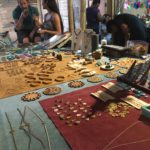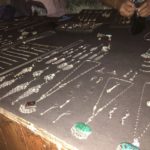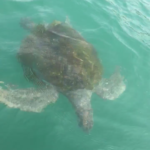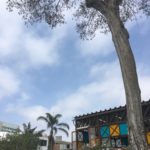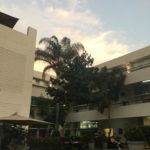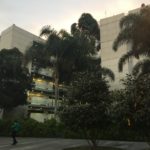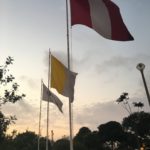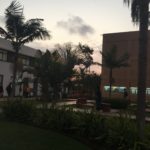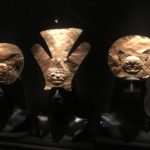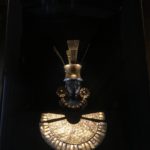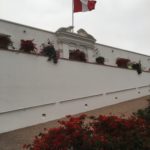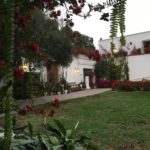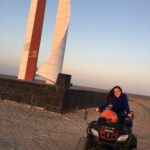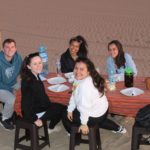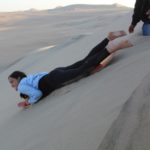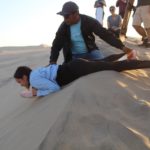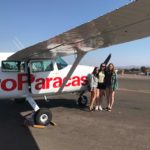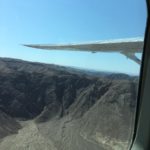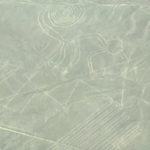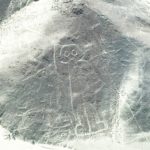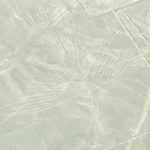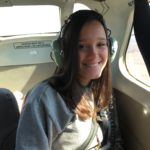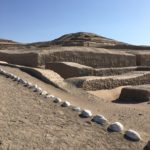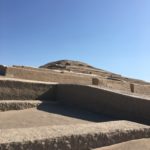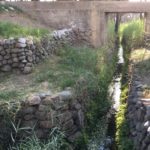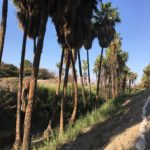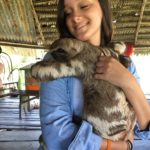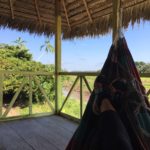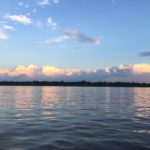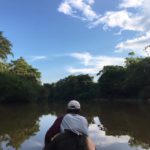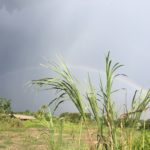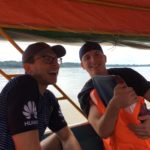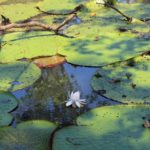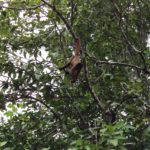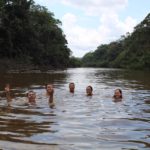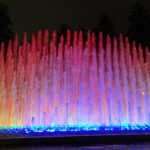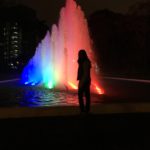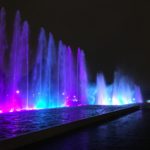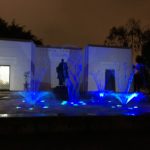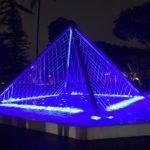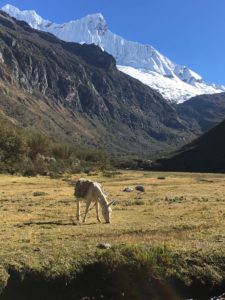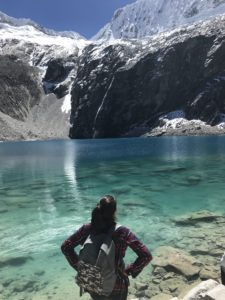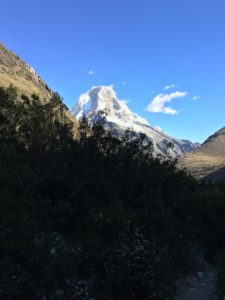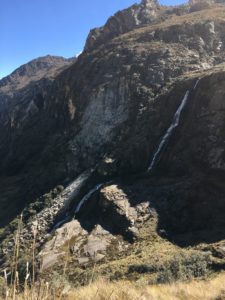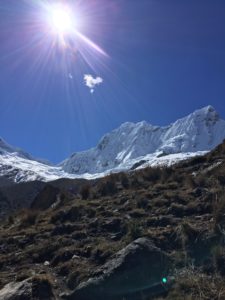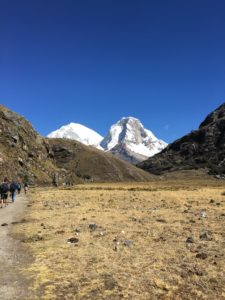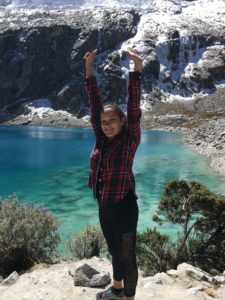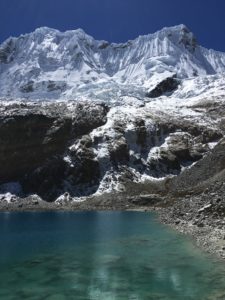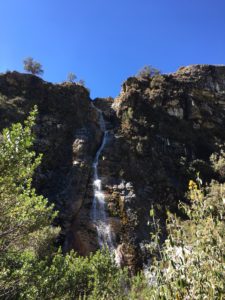I’m ending this blog in the same place I started it: on a plane. Except this time, I’m not on my way to Lima, or even on the way back from it- I’m going to Rome for another semester abroad.
My last week in Peru, my father visited me in Lima and we travelled to Cusco together with my group to see Machu Picchu and the surrounding area. Originally, I was going to end this blog with a cheesy joke about how I ended my semester on a high note because of the elevation there. But instead, I want to take a moment to reflect on my entire experience in Peru, not just my amazing last week there.
In Peru, I was faced with many challenges. I struggled to learn the language, to adjust to a new culture, and to be some far away from home. But that is not impression of Peru I am leaving with, or the impression I want to give anybody. Because what I learned most Peru was the power of friendship and love. In Lima, I made so many incredible friendships, with my roommate, with the students and staff in my program, and my host mom. I will carry the memories I made with them for a lifetime, because they truly made Peru the most incredible experience of my life. All of my crazy stories and memories that I made there would be nothing without them.
I came back from Peru with a sense of optimism and adventure I don’t think one could find anywhere else. From canoeing down the Amazon, to sandboarding in Ica, to hiking up Machu Picchu at 6 AM to see the clouds leave and the sun exit the valley, I have witnessed some of the most breathtaking scenery in the world. I have traveled to places most will never, and I am so incredibly blessed to be able to say that. And it has changed me, so that now beginning my second semester abroad, I am not scared or worried about any challenges that come my way. I know I can handle them and have an amazing time doing it.
Te quiero mucho, el Peru. Gracias por todos. Estas increíble y siempre vas a tener mi corazón.
